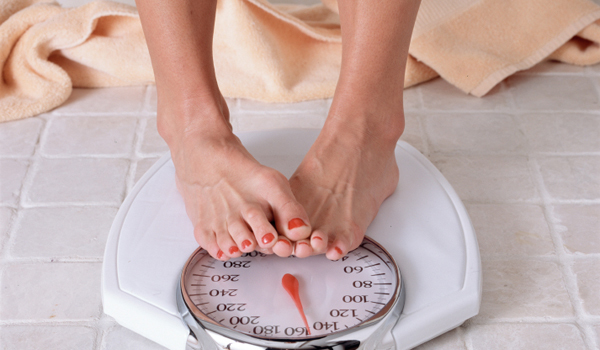Weight Loss Strategies For Athletes Part 1
Many women runners, although not over weight, still would like to lose weight and in particular body fat. For some this is an advantage because it increases the power to weight ratio, for others it is simply because they can reduce the energy expenditure when carrying a low body weight (running).
Research has also shown that another reason why women runners want to get rid of some body fat is simply for the looks. Anyone who has tried to lose weight will know it is not an easy task. It cannot be stressed enough that weight loss may not always be a good idea and can even be detrimental to performance. There are many mistakes that can be made and the purpose of this article is to make you aware of some of these mistakes and give you some guidelines on how to lose weight in a responsible way.
Defining The Goals
A first step is to define weight loss goals. In conjunction with the coach and a nutritionist, weight loss goals should be identified. These goals should be carefully thought about and defined. Is it really desirable to lose body weight? Weight loss may be useful in some cases but in others it will do more harm than good. Whether it is a good idea or not depends primarily on the body fat percentage. Although individual differences exist, it is not recommended to go below a body fat percentage of about 5% for men and 12 – 14% for women. Fat has important bodily functions and these will be compromised at extremely low fat levels.
The goals also have to be defined with the time schedule in mind. How much weight do you need to lose and how much time is there to achieve this? A realistic weight loss is about a kilogramme every two weeks, so to lose three kilogrammes at least six weeks are needed. A more rapid weight loss will make it impossible to train adequately.
Energy Balance
When the energy intake equals the energy expenditure you will be in energy balance. When you eat less than you burn, you are in negative energy balance and as a result you will lose weight. When you eat more than you expend, you are in positive energy balance – and in this case you will gain weight.
A negative energy balance is necessary to lose weight and there are two ways to induce a negative energy balance:
- Reducing energy intake.
- Increasing energy expenditure.
- A combination of these two seems to be the best way to lose body weight.
Besides a negative energy balance, you also must be in negative fat balance in order to lose body fat. This generally means reducing the fat intake, but including aerobic work in training sessions is another way of moving to a negative fat balance.
Reducing the fat intake can be very effective for several reasons:
- Fat is very energy dense, it has more than twice as much energy as the same weight of carbohydrate or protein.
- High fat foods generally taste good and this leads to a tendency to eat more. Studies have shown that increasing the fat content of the diet increases the spontaneous intake of food.
- Fat is efficiently stored and requires very little energy for digestion.
- Fat intake does not stimulate fat burning.
Next week, in Part 2 we will look at common mistakes and guidelines.
Similar Posts:
- Weight Loss Strategies For Athletes Part 1
- The best running plan to lose weight
- Running For Weight Loss & A Healthy Body
- Understanding Fat Loss For Female Runners
- 9 Rules Of Weight Loss For Runners
- Meal Tips & Nutrition Advice For Faster Running Time




Add Comment